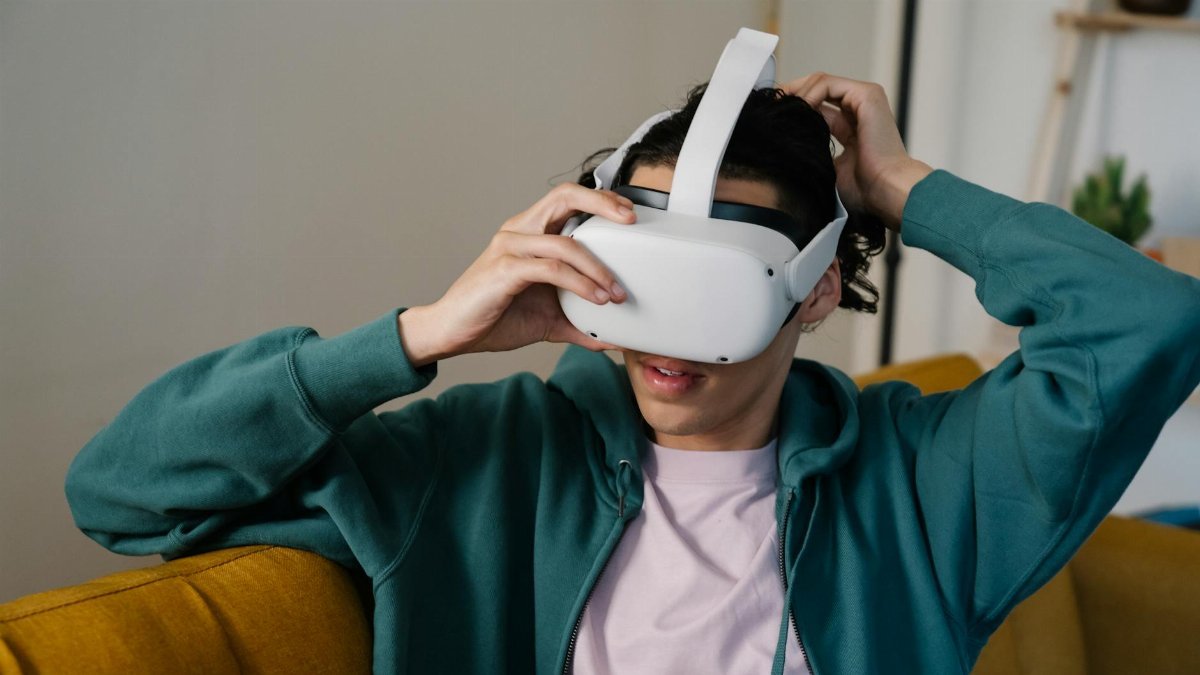Is a micro check in survey the secret to keeping household tensions at bay? These quick, targeted questionnaires are gaining traction in 2025 as families and roommates use them to gauge moods and address brewing conflicts before they explode. Designed to take just a minute or two, they ask simple questions about stress levels, needs, or emotional states. Experts say this tool fosters communication in shared spaces, preventing misunderstandings. With stress on the rise in many U.S. homes, could this be the low-effort fix we’ve been missing?
What Is a Micro Check In Survey?

A micro check in survey is a short, focused set of questions designed to capture someone’s current emotional or mental state. Often used in households, it might ask, “How are you feeling today?” or “Is there anything you need right now?” These surveys are typically digital, shared via apps or group chats, but can also be handwritten notes. The goal is to open a dialogue without the pressure of a full-blown conversation, making it ideal for busy or conflict-averse homes.
Why Households Are Adopting Them

In 2025, with remote work and hybrid schedules still common, many Americans spend more time at home than ever, often leading to friction. A micro check in survey offers a quick way to check on roommates or family members without intrusive probing. Therapists note that these tools help identify stress early, especially in high-pressure environments. Data from the American Psychological Association shows household stress has spiked in recent years, making proactive tools like this more relevant.APA Stress Report
How They Prevent Conflict

Small misunderstandings can snowball into major arguments in shared spaces. A micro check in survey acts as an early warning system. For instance, if someone reports feeling overwhelmed, others can adjust by offering space or help. Relationship experts say this method reduces passive-aggressive behavior, as it encourages direct, albeit brief, communication. It’s not about solving every issue on the spot but flagging concerns before they escalate.
The Tech Behind the Trend

Many households use apps like Google Forms or specialized platforms like Moodpath to create and share micro check in surveys. These tools allow anonymity if desired, which can encourage honesty, especially among teens or less vocal family members. Tech adoption for mental health tracking is up, with a 2023 Pew Research study showing 1 in 5 Americans using apps for emotional well-being. These platforms make survey distribution seamless, even in busy homes.Pew Research on Mental Health Apps
Challenges to Watch For

While effective, micro check in surveys aren’t foolproof. Some household members may view them as intrusive or dismiss them as unnecessary. Others might not respond honestly, defeating the purpose. Experts caution that overuse—bombarding people with daily surveys—can lead to annoyance. The key is balance, ensuring the tool feels supportive rather than like a chore or surveillance tactic.
Best Practices for Implementation

Start by discussing the idea with everyone in the household to get buy-in. Keep surveys short—three questions max—and consistent, perhaps weekly or after a tense day. Use neutral language to avoid seeming accusatory. If using an app, ensure privacy settings are clear to build trust. Finally, act on the feedback. If someone signals distress, follow up privately. Ignoring responses can make the effort feel pointless.
Real Impact in U.S. Homes

Across the U.S., households report tangible benefits from this approach. A single mom in Chicago shared with local media that using a micro check in survey helped her and her teenage son navigate his school stress without constant arguments. Stories like this highlight how small gestures, backed by quick data, can shift dynamics. While not a cure-all, it’s a step toward healthier coexistence in 2025’s high-stress world.
Natasha is the heart of our exploration into conscious connection. Applying principles from multiple counseling courses in her own life, she guides you to cultivate stronger, more joyful bonds.
Disclaimer
The content on this post is for informational purposes only. It is not intended as a substitute for professional health or financial advice. Always seek the guidance of a qualified professional with any questions you may have regarding your health or finances. All information is provided by FulfilledHumans.com (a brand of EgoEase LLC) and is not guaranteed to be complete, accurate, or reliable.
